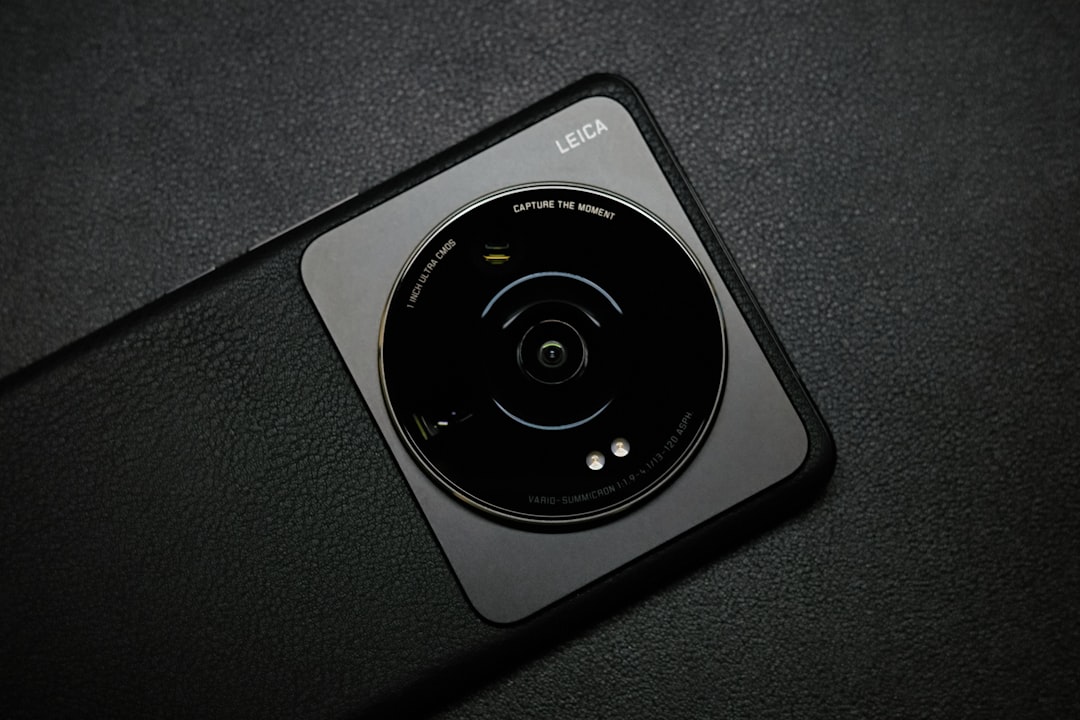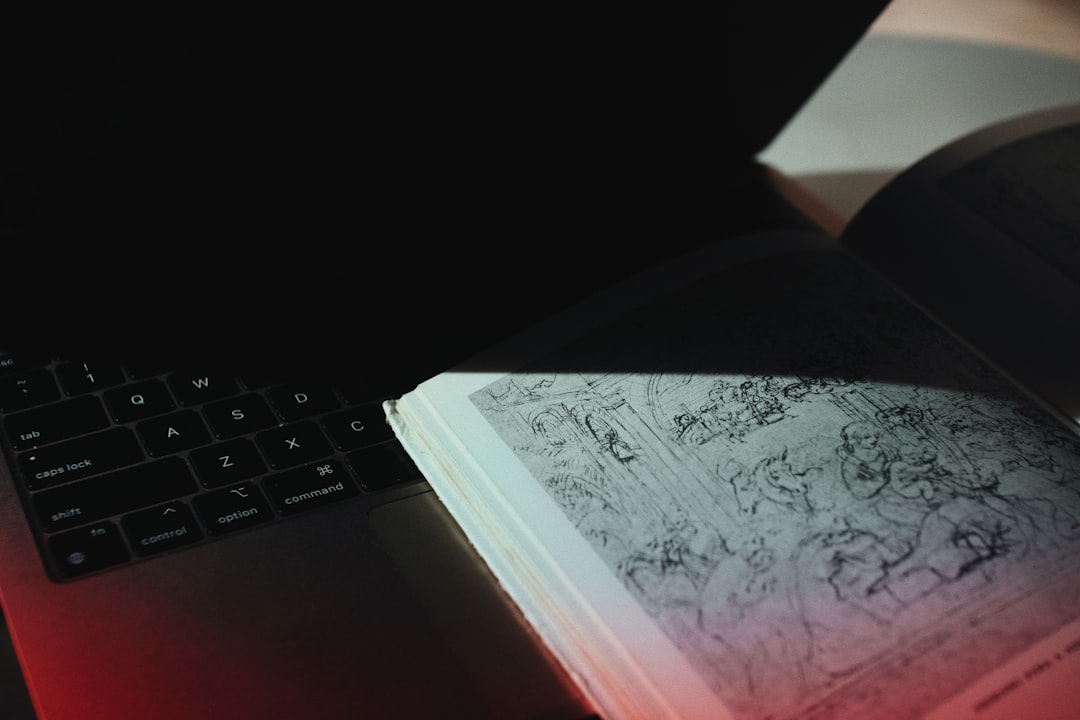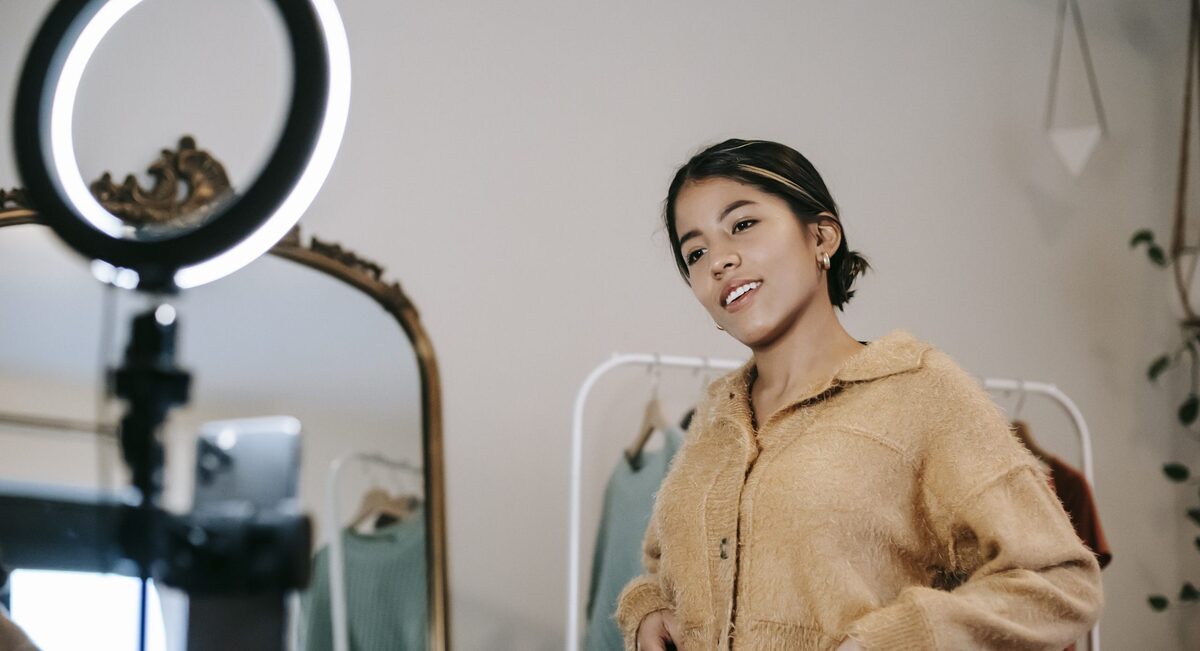Webcam quality is often one of the most overlooked aspects of virtual communication. With an increased reliance on remote meetings, streaming, and online interviews, the demand for clearer, more professional webcam footage has skyrocketed. One of the most significant improvements in camera technology today is AI denoise—an intelligent feature that removes visual noise from webcam images, making them appear cleaner and more polished. But while the technology is impressive, it’s not always necessary to have it enabled. In this article, we’ll explore what AI denoise is, its benefits, drawbacks, and when it should be turned on to optimize your video quality.
What is AI Denoise?
AI denoise is an advanced image-processing technique designed to reduce digital noise—the grainy or speckled effect that often appears in low-light webcam footage. Unlike traditional denoising, which may blur images excessively, AI-driven solutions use machine learning algorithms to intelligently distinguish between actual image details and unwanted noise, preserving essential elements like facial features and background clarity. This results in a cleaner, more professional look for video calls and recordings.
Digital noise is most prevalent in the following situations:
- Low-light environments: When the webcam sensor struggles to gather sufficient light.
- Low-quality cameras: Cheaper or older webcams may naturally introduce more noise.
- High-gain settings: Attempting to brighten an image digitally can also increase noise levels.
The emergence of AI denoise has been a game changer, especially for professionals working from home who need to maintain a clean, distraction-free visual presence.

Benefits of Enabling AI Denoise
Depending on the situation, enabling AI denoise can provide a range of benefits, especially when visual clarity is critical. Below are key advantages:
- Enhanced Image Clarity: Removes distracting visual artifacts, giving the user a sharp and well-defined appearance.
- Professional Presentation: Especially important during meetings, webinars, or interviews.
- Better Performance in Low-light Conditions: Makes it possible to maintain visual quality even without optimal lighting.
- Consistent Quality: Helps maintain uniform results across different lighting or background scenarios.
All these factors together make a compelling case for leveraging AI denoise technology—particularly for business use.
Drawbacks of Using AI Denoise
While there are clear benefits, AI denoise isn’t a one-size-fits-all solution. Like any software-based enhancement, it has its limitations, and enabling it inappropriately may even degrade the video quality in certain contexts. Here are some drawbacks to consider:
- Loss of Detail: In its effort to smooth out noise, AI denoise may also reduce textures and subtleties in your image, making your appearance seem artificial or overly filtered.
- Increased CPU/GPU Load: Real-time AI processing uses computational resources, which can affect system performance—particularly if you’re using older hardware.
- Unnatural Appearance: Over-processing may result in an overly smooth, almost cartoonish look, especially on skin tones and hair.
This makes it important to weigh the positives and negatives according to your unique needs and expectations.
When Should You Enable AI Denoise?
To determine whether and when to enable AI denoise, consider your priorities: visual quality, hardware performance, authenticity, and the nature of your content or communication. Here are several scenarios where enabling AI denoise is generally useful:
1. In Poor Lighting Conditions
If you often attend meetings or record videos in dimly lit rooms, AI denoise can substantially improve image quality. It will suppress the graininess caused by sensor limitations, making you look more professional without needing extra lighting hardware.
2. When Using Budget or Built-in Webcams
Built-in laptop webcams or budget models often lack advanced sensors and optical components. AI denoise can compensate for these insufficiencies by improving the visual output through software.
3. If You Rely on Video for Professional Communication
Consultants, remote workers, educators, and customer service professionals can all benefit from a polished presence. If your online communication forms part of your professional image, using AI denoise as part of your AV setup is advisable.

4. When Recording for Social Media or Streaming
Live streamers and content creators on platforms like YouTube and Twitch often deal with varying lighting conditions. AI denoise helps maintain a consistent look across sessions, which contributes to your branding and audience retention.
When Not to Use AI Denoise
While AI denoise can be incredibly helpful, there are instances where you should consider disabling it:
1. In Well-Lit Environments
If you’re streaming or recording from a well-lit room with modern, high-quality equipment, AI denoise may be unnecessary and could even reduce image detail. Natural lighting or professional ring lights often provide a superior image without additional processing.
2. When Image Authenticity is Crucial
Journalists, researchers, or anyone who needs to preserve the natural look of video content for credibility may prefer raw footage. AI processing may inadvertently alter important visual cues like facial expressions or skin textures.
3. To Reduce Resource Consumption
If you operate on a laptop with limited processing power, running AI denoise might strain the hardware, causing lags or thermal throttling. In that case, traditional low-resource noise reduction techniques or improved lighting might be a better choice.
How to Enable AI Denoise
The process of enabling AI denoise typically involves software settings within your webcam driver or video communication platform. Here’s a general step-by-step guide:
- Access your webcam software: This could be the software that came with your laptop or a third-party application such as Logitech Capture or OBS Studio.
- Locate the denoise setting: Navigate to the video settings or image adjustment section. The setting might be called “AI Denoise,” “Video Enhancement,” or “Noise Reduction.”
- Enable and test: Turn the feature on and test it in various lighting environments to see how it impacts your picture quality.
Ensure you restart your video app or re-select the webcam source for changes to take full effect.
Advanced Tips for Maximizing Impact
If you do decide to use AI denoise, there are ways to maximize its effectiveness:
- Pair it with adequate ambient lighting: While AI helps in poor light, having even a desk lamp can greatly enhance visual fidelity without taxing the algorithm.
- Don’t over-rely on software: Use a decent quality webcam. AI denoise works best as a supplement, not a replacement, for good hardware.
- Always test before big events: Whether it’s a high-stakes meeting or a live stream, check how AI denoise performs under your current conditions.

Conclusion
AI denoise represents a significant leap forward in webcam enhancement technology. When used judiciously, it can dramatically improve the visual quality of your video feed, especially in challenging conditions. However, like all tools, it must be applied thoughtfully. Whether you’re a remote worker aiming to look more professional or a content creator seeking consistent video quality, understanding when to enable AI denoise can make a big difference.
If your environment includes low light, minimal hardware, or you consistently present in front of an audience, enabling AI denoise is likely beneficial. On the other hand, those seeking unfiltered realism or needing optimal system performance may find it better left off.
Ultimately, the choice to enable AI denoise should be part of a broader strategy to improve your webcam presence. With the right combination of lighting, hardware, and software, you can ensure that you always look your best on camera.